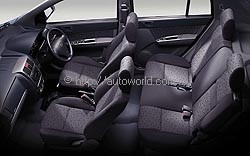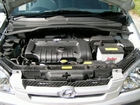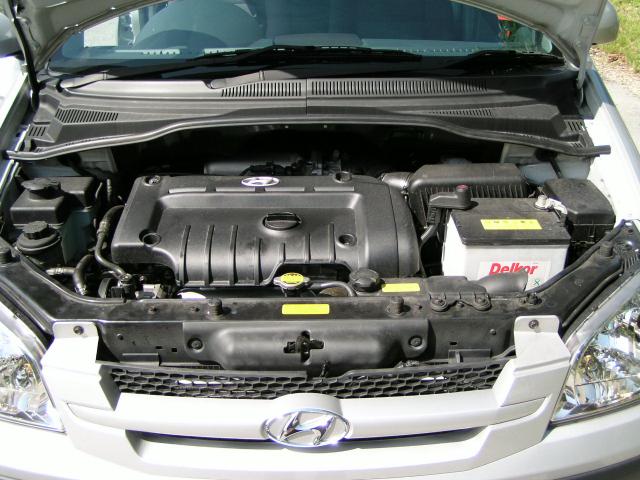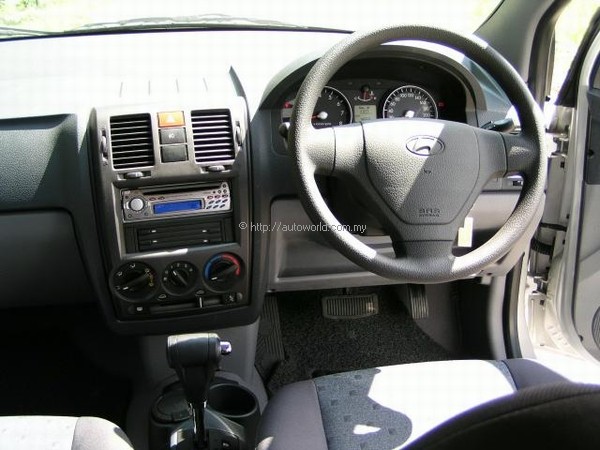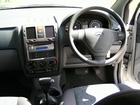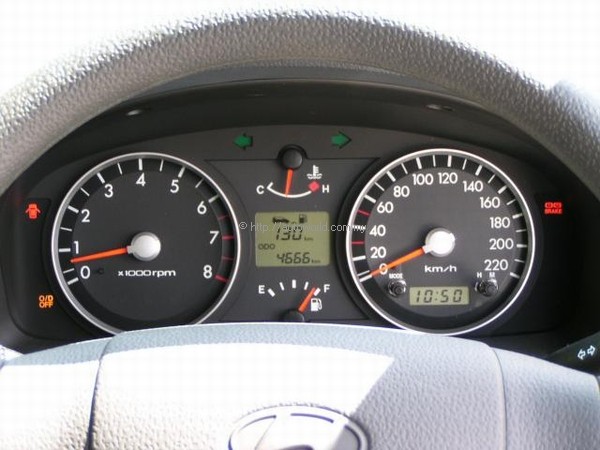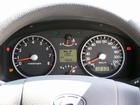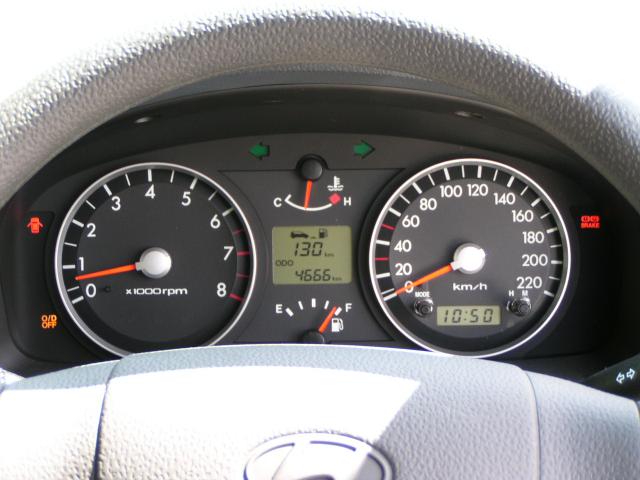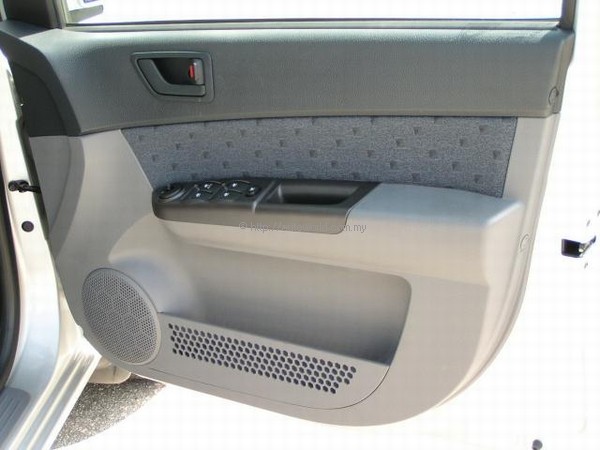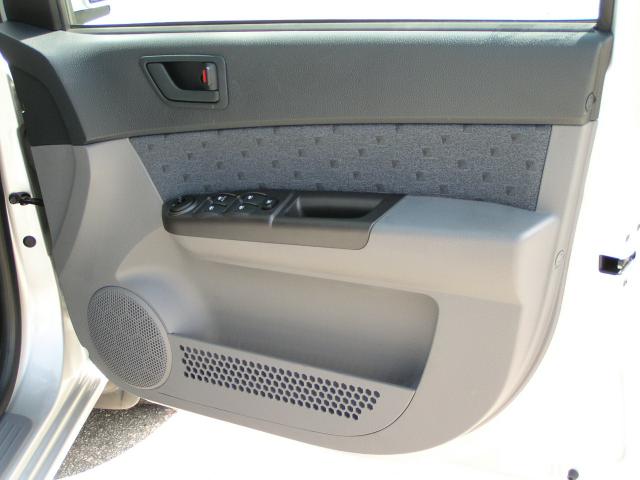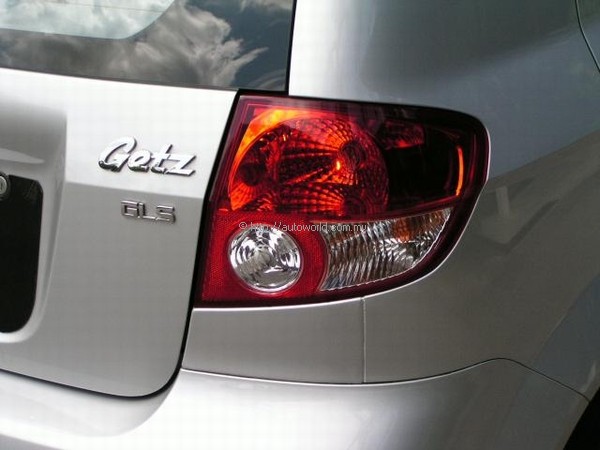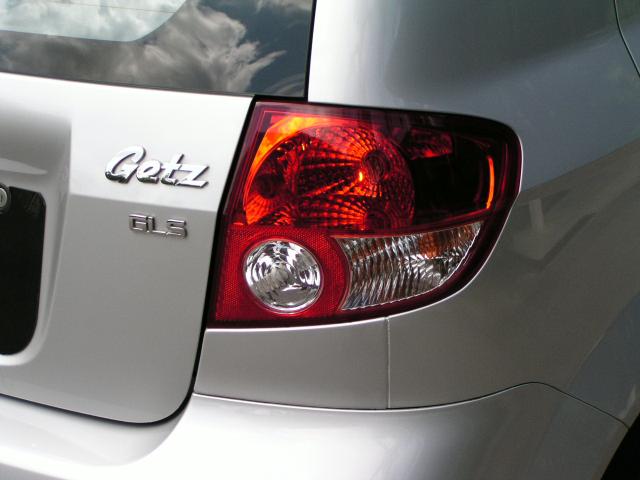Hyundai Getz
Hyundai seems to be getting into every possible niche in its quest to become one of the top 5 players by decade’s end. Wherever it sees potential to grab a few more sales, it will jump in with something and in Europe, it is now targeting the supermini segment (Toyota Yaris, Renault Clio, Peugeot 106, Honda Jazz) with the new Getz model which takes its place between the Atoz and the Matrix.
If the Getz looks European, that’s deliberate since its main battleground will be Europe. Most of the exterior design was undertaken by the Hyundai Design Centre in Frankfurt, Germany, rather than using an external consultant like Pininfarina (as in the case of the Matrix). It sits on a new B-class platform with a wheelbase that is 2455 mm long – 15 mm longer than the Proton Satria but with an overall body length that is 140 mm shorter.
The all-aluminium engine is the same DOHC 16V Alpha II unit as that used in the Matrix 1.6 Auto (which is now also added to the local line-up) but there are some minor differences. For example, the Getz engine’s displacement is 1594 cc whereas in the Matrix, it is 1599 – yet both have identical bore and stroke dimensions and 10:1 compression ratios. According to a Hyundai-Berjaya source, the reason for this difference is due to the shape of the piston crown, making that few cc of difference.
This also results in different outputs for each engine with the Getz engine generating 77.2 kW(105 bhp) at 5800 rpm whereas the Matrix engine does 76 kW103.4 bhp) at the same peak rpm. Torque is also higher with the Getz engine: 143.2 Nm at 3200 rpm versus 141 Nm at 4500 rpm. Apart from the combustion chamber differences, it is also likely that the ECU programming has been tweaked differently for the Getz… amazing what you can do with programming these days.
The Getz is already about 200 kgs lighter than the Matrix so you can expect that its performance is more spirited. Indeed, compared to the Matrix 1.6, its claimed 0 – 100 km/h time is 2.2 second quicker and with a top speed of 174 km/h, it is 8 km/h faster too.
The electronic automatic transmission is a 4-speeder with a wider spread between ratios and a 3.616:1 final drive. It has fuzzy logic programming which is interfaced with the engine ECU and reduced shift shock is claimed.
The chassis has MacPherson struts up front installed on an I-type crossmember with an anti-roll bar to keep the front end on an even keel, while the rear has a Coupled Torsion beam Axle with gas-filled shock absorbers for consistent damping performance.
Like all the latest Hyundais, the Getz has Hyundai Advanced Integrated Safety Technology (HAIST) which provides good protection for the occupants. To ensure strong resistance to impacts, 58.3% of the bodyshell (by weight) is of reinforced, high-tensile steel and one-piece stampings are used for side panels. Hyundai claims that the structure and safety features incorporated give the Getz a crash test result that is comparable to a 4-star rating in the independent EuroNCAP crash test (a Getz has not been tested by EuroNCAP yet).
To be sold in Europe, the Getz has to be well equipped with safety equipment and has dual front airbags as standard. Less visible is a automatic fuel shut-off sensor while a large 9-inch brake servo pump helps boost braking pressure for better stopping power; ABS is standard.
With the wheels pushed to the corners, the cabin is exceptionally spacious for a car that is 3810 mm long and 1665 mm wide. There’s good elbow room at the front and the dashboard does not intrude much. It has a rather ‘vertical’ presentation with the centre vents having a slatted design reminiscent of Volkswagens. The 2-DIN space in the centre console is occupied by a 1-DIN radio+CD-player and below it is a 1-DIN disc storage section for 4 CDs.
Important for cars of this class is cabin versatility and to provide this, the Getz has Hyundai’s ‘Space Wizard’, a fancy name for the various ways the seats can be folded and different combinations of cargo and people which can be accommodated. Like most hatchbacks, the rear backrests have a 60:40 division and like most European stationwagons, the rear seats fold together and then forward against the back of the front seats. This allows up to 977 litres of storage space in the rear half of the cabin.
Brief Driving Impressions
Hyundai-Berjaya organized a preview for the media at Bukit Tinggi where there was an opportunity to briefly try out the Getz on the twisty slopes around the hill resort. As there was also the new Matrix 1.6 Auto to try out, it was inevitable that some comparison would be made and it was clear that the smaller Getz has a nippier character. That’s not surprising since its lower weight means a better weight-to-power ratio.
Suspension tuning felt biased towards a ‘European’ feel, meaning a firm ride. As such, occupants will feel a bit of a jolt over speed-bumps – something which you don’t find many of on European roads, strangely (maybe people are more sensible there). On smooth surfaces, the going is smooth enough, thanks partly to the use of 14-inch wheels and 65-series tyres.
In the handling department, the suspension tuning provided a fairly stable cornering character with good road feel to know how the tyres were pointed. Quick responsiveness to steering inputs were also among the strong points of the chassis.
Initial assessment: Odd name aside (anyone getz it?), this is a great little car and with a pricetag of around RM80,000, it is ready to grab those who are ready to move out of the national car class. Hyundai-Berjaya’s target customers are said to be ‘between the late 20s and mid-50s’… which just about covers 95% of the buying public in Malaysia!
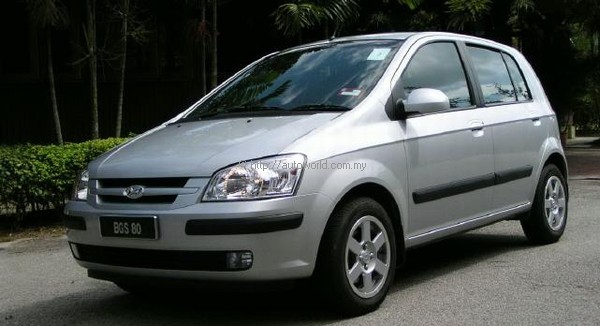 |







